Golf is a game of precision, skill, and strategy. But it’s also a game that requires the right equipment.
When I first started, I, like many beginners, was more enamored by the design of the clubhead or the brand of the golf balls I was using.
It took a few inconsistent rounds and some sage advice from a seasoned pro to make me realize that something as “simple” as the length of my clubs could be a game-changer.
In order to help you avoid the same mistake, I’ve put together this guide.
The Basics
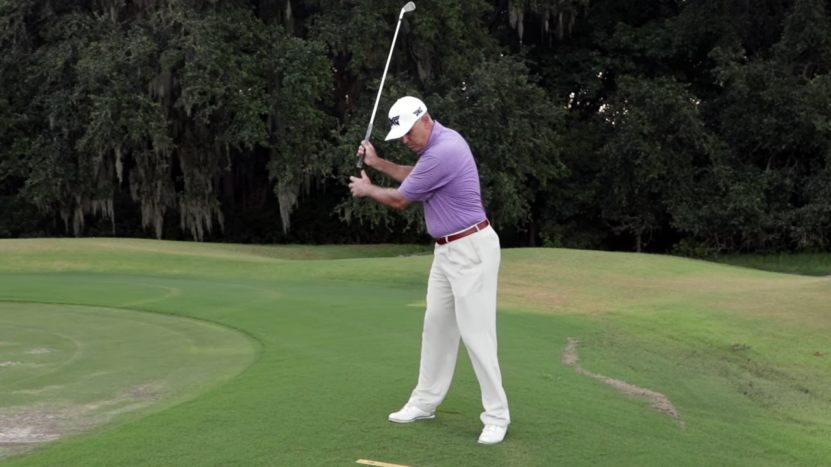
Golf club length is the distance from the end of the grip to the clubhead’s sole. It’s a crucial variable that affects not only your swing but also the trajectory and distance of your shots.
While there are standard lengths established for different types of clubs, these are not one-size-fits-all.
Why Is It Important?
The length of your golf clubs has a direct impact on your game. A club that’s too long will make it difficult to maintain good posture and could lead to off-center hits.
Conversely, the one that’s too short may cause you to hunch over, affecting your swing plane and leading to inconsistent shots. Believe it or not, the length of your clubs also plays a psychological role.
When you’re confident that your clubs are right, you’re more likely to approach your shots with greater confidence. This mental edge can be the difference between making and missing a crucial putt or approach shot.
Standard Lengths for Different Types of Clubs
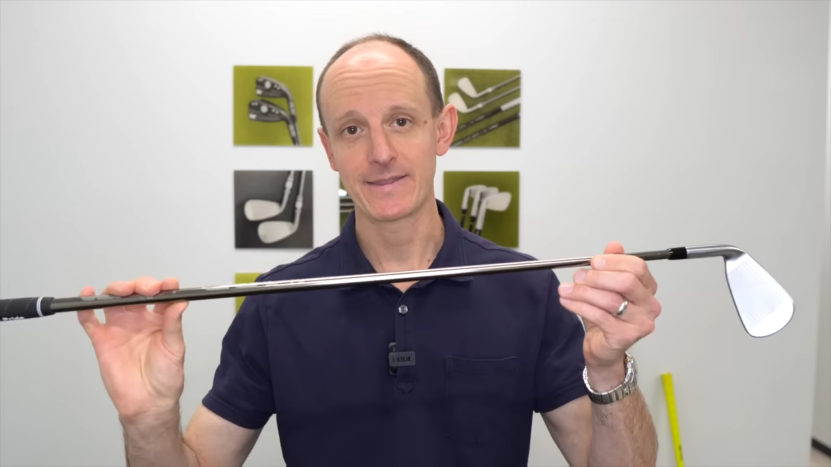
Drivers
The driver is the longest club in your bag and is primarily used for tee shots on par-4 and par-5 holes. The standard length for men’s drivers ranges from 45 to 46 inches, while for women, it’s generally between 43 and 44 inches.
These are designed to maximize distance, but they can be adjusted based on individual needs.
Woods
Fairway woods are generally shorter than drivers but longer than irons. The standard length for a 3-wood for men is around 43 inches, and for women, it’s about 42 inches.
As the wood number increases (4-wood, 5-wood, etc.), the length typically decreases by half an inch for each successive club.
Irons
Irons come in a range of lengths, usually decreasing by half an inch from the longest (3-iron) to the shortest (9-iron). For men, a standard 3-iron is about 39 inches long, while a 9-iron is around 36 inches.
For women, these are generally an inch shorter. The length of the club affects the loft, which in turn influences the trajectory and distance of your shots.
Wedges
Wedges are specialized clubs used for a variety of short-range shots. The standard length for a pitching wedge is usually around 35.5 inches for men and 34.5 inches for women. Sand wedges and lob wedges are generally the same length or slightly shorter, designed for optimal control and accuracy. One important aspect of maintaining the performance of these wedges is sharpening wedge grooves regularly to ensure better spin and control over the ball.
Putters
Putters are unique because their length varies more widely than other types of clubs. Standard measures range from 32 to 36 inches, but many players opt for custom lengths based on their height and putting style.
The key is to find a length that allows you to maintain a comfortable and effective stance.
Factors That Influence Club Length
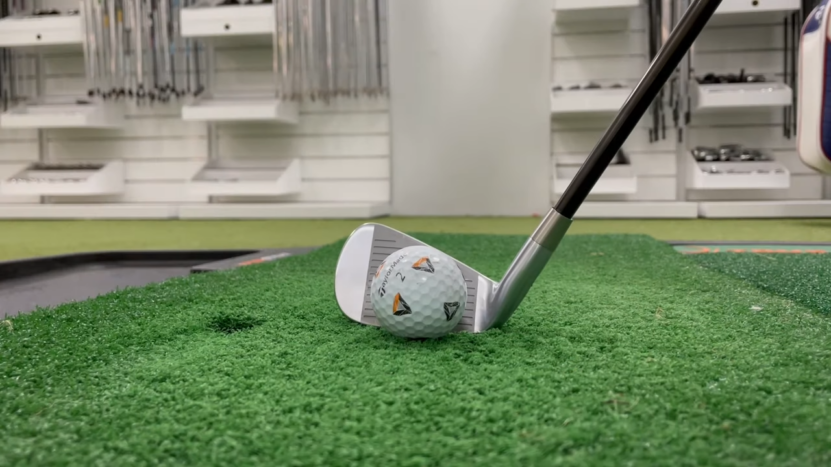
Player Height
One of the most straightforward factors affecting club length is the height of the player. Taller players generally require longer clubs to maintain a natural posture during the swing. Conversely, shorter players often benefit from shorter clubs.
However, height is not the only factor, other elements like arm length and swing mechanics also play a role.
Skill Level
Your skill level is also very important. Beginners might find shorter clubs easier to handle, offering better control and accuracy.
On the other hand, experienced players may opt for longer clubs to maximize distance, especially if they have the skill to control them effectively.
Swing Speed
Swing speed is another critical factor when considering club length. Players with faster swing speeds can generally handle longer clubs, as they have the skill and strength to control them.
Those with slower swing speeds may find shorter clubs easier to manage, leading to more consistent shots.
Customization

Shortening
If you find that your clubs are too long, they can be shortened by a professional fitter. Shortening a club can improve control and accuracy but may reduce the distance you can achieve.
It’s essential to consult with a professional to understand the trade-offs and ensure that the new length aligns with your game’s needs.
Lengthening
Lengthening a club is also an option and is usually done by adding an extension to the shaft. This can help players who are taller or those looking to gain extra distance.
However, a longer club can be more challenging to control, so it’s crucial to test extensively before committing to this change.
How to Measure It?

The Standard Method
Measuring the length of a golf club is a straightforward process. The club should be placed on a flat surface in a playing position, with the sole of the clubhead flat against the ground.
The length is then measured from the ground to the end of the grip. It’s important to note that the measurement should be taken along the backside of the shaft.
Importance of Accurate Measurement
Accurate measurement is crucial when customizing club length or when purchasing new clubs. Even a half-inch difference can significantly impact your swing and the resulting shot.
Therefore, it’s advisable to have your clubs measured by a professional, especially if you’re considering making adjustments.
Common Mistakes to Avoid
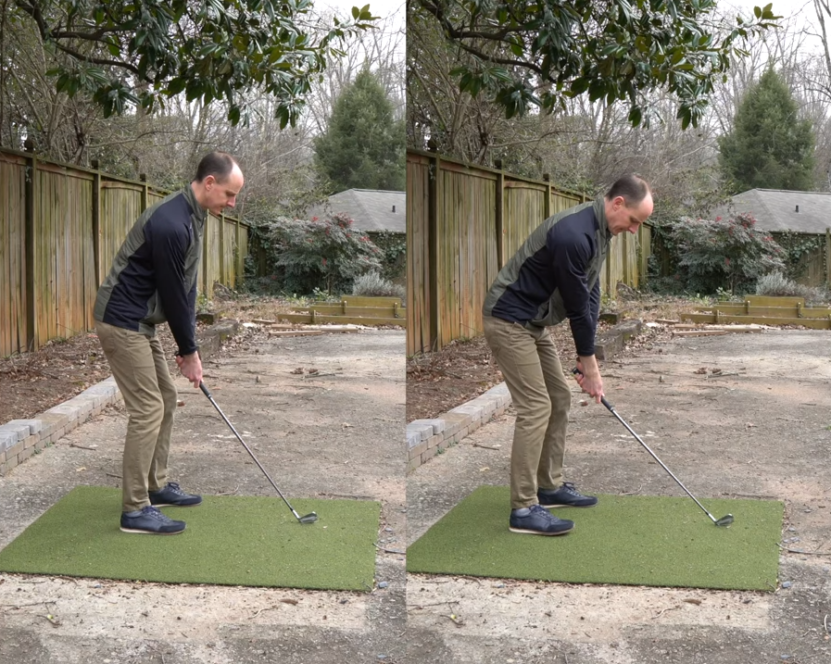
Overlooking the Importance of Club Length
One of the most common mistakes golfers make is overlooking the importance of club length. Many players focus solely on clubhead design or shaft flex, ignoring the fact that the wrong measures can negate any benefits those features might offer.
Assuming One Size Fits All
Another mistake is assuming that the standard lengths will fit all players. While these serve as a good starting point, individual factors like height, skill level, and swing speed can necessitate adjustments.
Ignoring these can lead to poor performance and even physical discomfort.
FAQs:
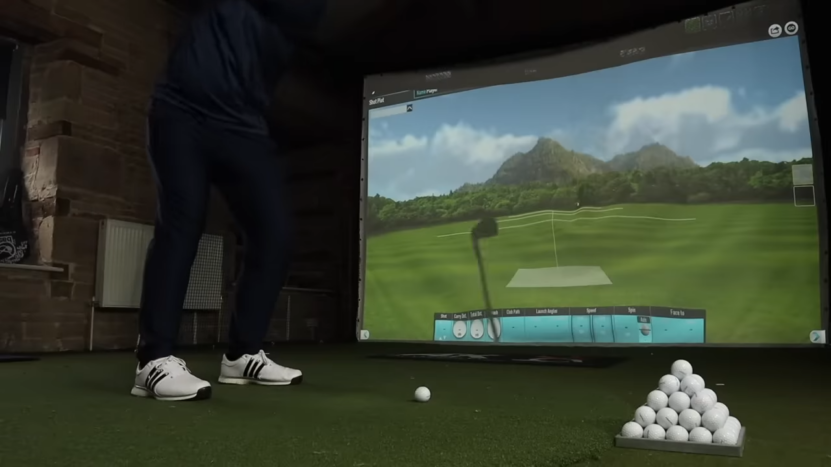
How often should I re-evaluate the length of my golf clubs?
The need to re-evaluate the length of your golf clubs can depend on various factors, such as changes in your physical condition, skill level, or swing mechanics. Generally, if you’re a growing junior player, you should check at least once a year.
Adults who are relatively stable in their physical condition and skill level might re-evaluate every 2-3 years or if they notice a consistent issue with their shots that can’t be attributed to other factors.
Do different brands have different standard lengths?
While there are industry standards for golf club lengths, different brands may have slight variations in their “standard” measures. These differences are usually minimal but can still impact your game.
Always check the specifications for the particular brand and model you’re interested in, and if possible, try them out before making a purchase.
Can I adjust the length myself, or should I always consult a professional?
While it’s technically possible to adjust the length of your golf clubs yourself, it’s generally recommended to consult a professional club fitter for such modifications. Incorrect adjustments can not only affect your game but could also damage the clubs.
Professionals have the tools and expertise to make precise changes and help you.
How do I know if my junior golfer needs clubs of a different length?
For junior golfers, the need for a different club length is often evident through observable issues like difficulty in handling the club, inconsistent shots, or poor posture during swings. Additionally, as children grow, their clubs will naturally become too short for them.
Regularly measuring their height and comparing it to the measures of their clubs can provide a good indication of when it’s time to upgrade.
Are there any temporary solutions that exclude altering the club?
Yes, there are temporary solutions like “shaft extenders” that can be inserted into the top of the grip to make the club longer. Similarly, you can add extra layers of grip tape to effectively shorten it slightly.
However, these are temporary fixes and may not provide the same level of performance or comfort as a professionally adjusted club. They are best used for testing out a new length before committing to a permanent change.
Summary
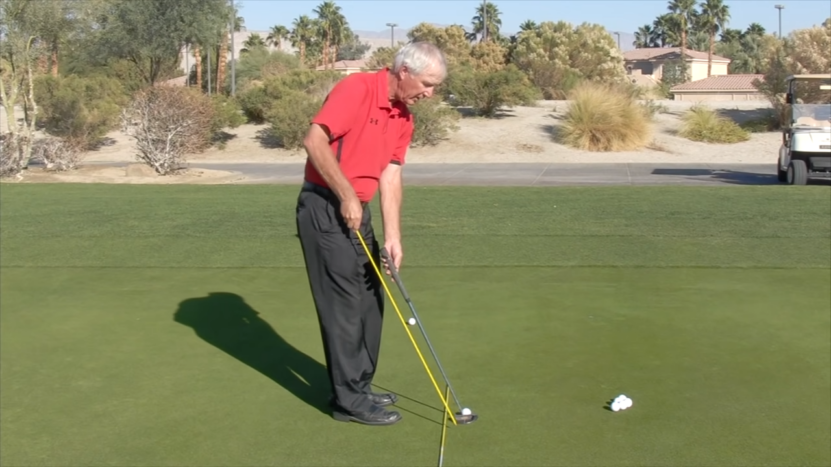
After reading this guide, your next move should be a practical one: assess your current set of clubs. Are they the right length? Do they suit your height, skill level, and swing speed?
If you’re unsure, or if you’ve identified that a change could benefit you, consult a professional club fitter. Their expertise can provide you with tailored advice, ensuring that your clubs are a perfect match for you.

